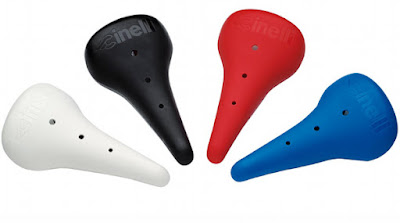It is no small task to describe the entity that is "Camberville" - that serpentine Somerville-Cambridge city line with its mazes of pocket neighbourhoods, unkempt grapevines, mysterious alleys lined with crumpling garages, and grandiose structures tucked away on sleepy side streets. Wandering through a neighbourhood you think you know, it is not unusual to encounter something wholly unexpected - perhaps a sidewalk treehouse, an enchanted forest, a small castle, or a warehouse-sized artisan incubator.
Very possibly I have cycled past the Round House before without taking much notice. The once-grand structure is not difficult to miss, now only a shadow of its former self. A lusciously overgrown garden torn out some years ago, a grass lot and chainlink fence now surround its bare walls, stripped of trim and embellishment. A thicket of condominiums stands in what was once an open space, blocking the house from view in certain directions.
But on this ghostly-quiet afternoon, I noticed it straight away. It was one of those humid days when the air stands still and the scent of flowers is sickly sweet. The weekend's explosion of lilacs was making me lightheaded. I cycled up a steep hill, and as I turned the corner onto a tiny one-way street the house appeared like a hallucination -backlit by the waning sun and tilting slightly to the left.
Stopping to have a look, I was distracted by the prominent signs discouraging trespassing. They struck me as so insincere as to almost be playful.
I was intrigued further by the curious discrepancy between the siding - which appeared newly installed - and the foundation, which seemed on the verge of collapse.
And then there was the bulging wall.
Strange to think that a Victorian-era locksmith is responsible for this cylindrical wonder. Inspired by the idea of octagonal houses floating around at the time, Somerville resident Enoch Robinson decided to take things one step further and build a round house. Constructed in 1856, the 3-story single family residence housed generations of Robinson's family.
It is not clear why the Round House was vacated and stood empty for so long. But by the 1980s it had its windowsand ornamentation removed, had suffered water damage and faced serious structural problems. There was talk of tearing it down, which, predictably, riled up residents who saw it as a landmark of historical value. Thankfully, it never came to that. Several years ago, the house was purchased by a developer with experience in historical preservation. He plans to restore the house and place it on the market as a single family home.
The Round House was created on a whim, to satisfy a personal interest - possibly an obsession, judging by the limited information I found on its creator. Yet by virtue of existing in a publicly visible and visitable space, it is also a communal resource, and will continue to be as ownership changes hands. How will the new residents feel about that, I wondered, eying the awkward battlements that surround the top story. I hope they plant a nice garden. Maybe some lilacs, dogwood and pines, against that stark beige facade.





























